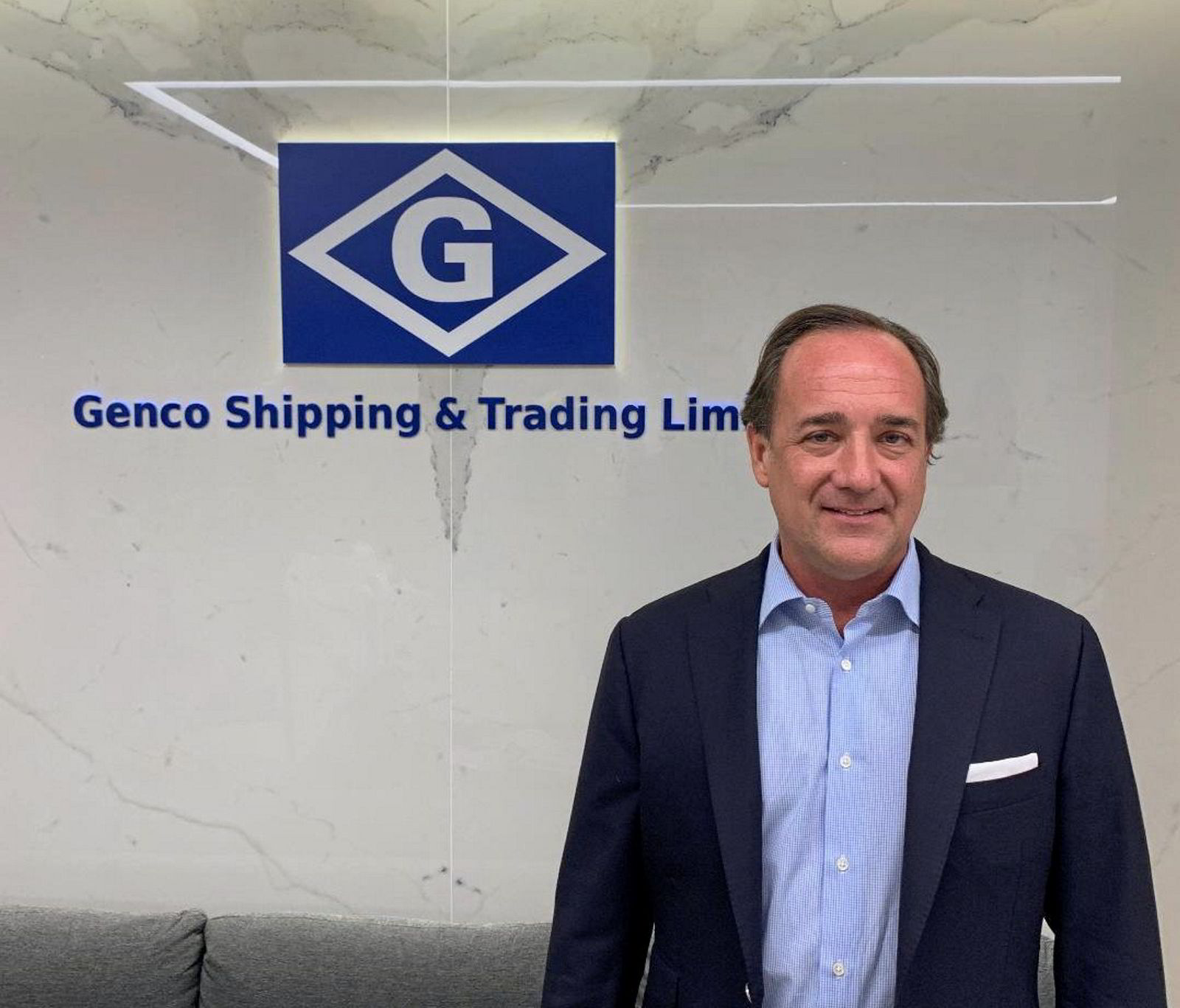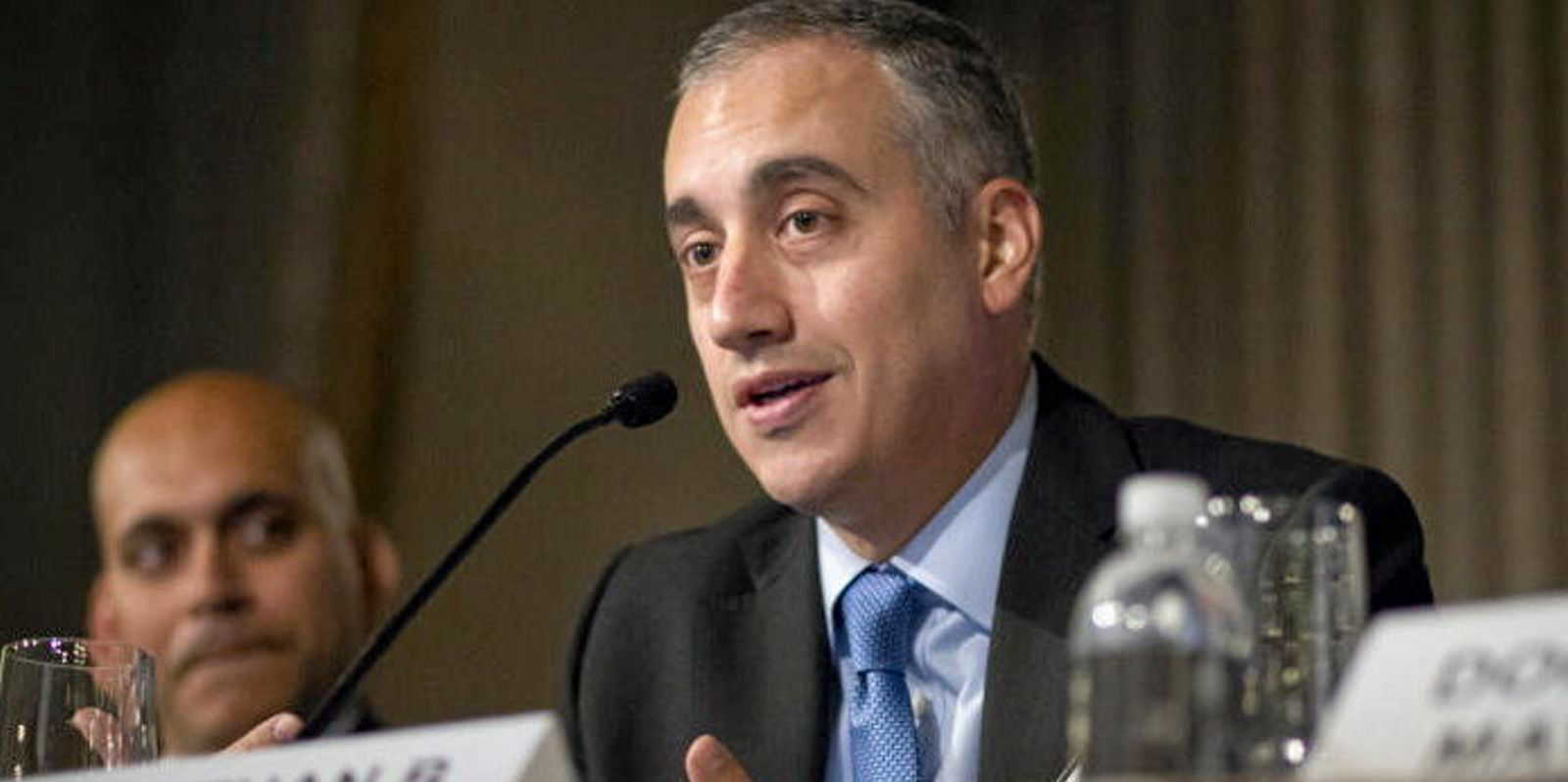Higher interest rates are about to become a reality in 2022 as the US Federal Reserve gets to grips with the worst inflation numbers in 40 years.
The central bank is prepared to raise rates three or four times this year in quarter-point increments in addition to other measures, such as tapering monthly bond purchases.

A version of this story appeared in Joe Brady's Streetwise newsletter on ship finance. Sign up at tinyurl.com/twstreetwise.
A rising interest-rate environment historically has meant bad news for shipowners as more-expensive debt eats into profit margins.
Then there is the potential impact on publicly-listed owners, which already witnessed a significant one-day swoon on 5 January as the benchmark S&P 500 index plummeted 1.9% after minutes of a Fed meeting became public.
Should shipping be concerned?
The answer is yes, but perhaps not for the reasons you might think, says Evercore ISI analyst Jonathan Chappell, the most senior of US-based shipping researchers.
Speaking in response to a query from Streetwise, Chappell first outlined the reasons why things might be OK for listed owners this time around.
"I think the interest-rate narrative is very important for the shipping stocks, but not in the traditional sense," he said.
"In prior cycles, high leverage and predominantly floating-rate debt would be a risk in a rising rate environment as it relates to interest expense and all-in break-even levels."
A hidden danger
That is different now.
"Today, most shipping balance sheets are far more manageable as it relates to debt load. So although there may be a modest bump in overall costs and break-even thresholds, I really don’t think that would have much impact on earnings, cash flow, NAV [net asset value] or equity values," the analyst said.
To Chappell's point, while tankers have been scuffling through the worst market in decades, most have ample reserves from a record rates bonanza in the first half of 2020.
Owners of bulkers and container ships are in even better shape after their markets rebounded in the second half of 2020 and roared to record levels during 2021, allowing them to build fortress balance sheets and ladle out lusty dividends.
So why the worry? Chappell thinks it revolves around the small-cap nature of the stocks: could the baby be thrown out with the bathwater?
"The bigger issue is the narrative around high-risk, small-cap 'growth' stocks," he said.
As he spoke, 40% of stocks on the tech-heavy Nasdaq were down 50% or more from their 52-week highs, while pre-profit companies in sectors such as solar energy, software and autonomous trucking were getting "obliterated".
"Although shipping fundamentals are very different and certain segments like containers and dry are still doing exceptionally well from a rate and cash-flow perspective, the cyclical and often loss-making nature of these high-risk/high-return equities can frequently result in a negative feedback loop of being lumped in with the aforementioned categories," Chappell said.
"Generally speaking, the shipping stocks have held in better than most other small-cap, risky groups thus far, but in this macro-environment the removal of the elevated rate halo could have an outsized impact on the magnitude of sell-offs."
An owner's perspective
But this rather sobering perspective is not entirely embraced by one of the shipowners who has to navigate the changing currents.
Genco Shipping & Trading chief executive John Wobensmith — a career banker before turning owner — firstly reckons Chappell is absolutely right about shipowners' balance sheets being in a better place.
"As a general rule, rising rates would mean less ability to do things like pay dividends," said Wobensmith, who like other dry bulk owners has launched a high-payout dividend model.

“But most public peers have hedged their interest exposure from what I can see. Some have done rate swaps and some have done caps.”
Genco, for example, has virtually all its debt capped at 0.94%. That pertains to the Libor portion of the credit, which is the part subject to fluctuation since bank margins are fixed.
Essentially, if three-month Libor — currently around 0.25% — rises above 0.94%, an investor pays Genco the difference. The cap runs through to the end of 2024.
Wobensmith also maintains that the stocks most likely to sell off are valued off their cash flows, while investors will take comfort in asset-backed companies pegged to NAV, as pertains to shipping.
But what about Chappell's worry?
"It's possible that Jon is right about that, but if it happens, it's going to be very short term," Wobensmith said. "You see these big moves in high-beta stocks, but then the market sorts itself out after a week or so."
Lastly, there is this perspective. Even if the Fed does act four times in 2022, it would raise rates perhaps 1% to 1.5% off a historic low near zero.
"I don't think it's that big of a deal," he said.





